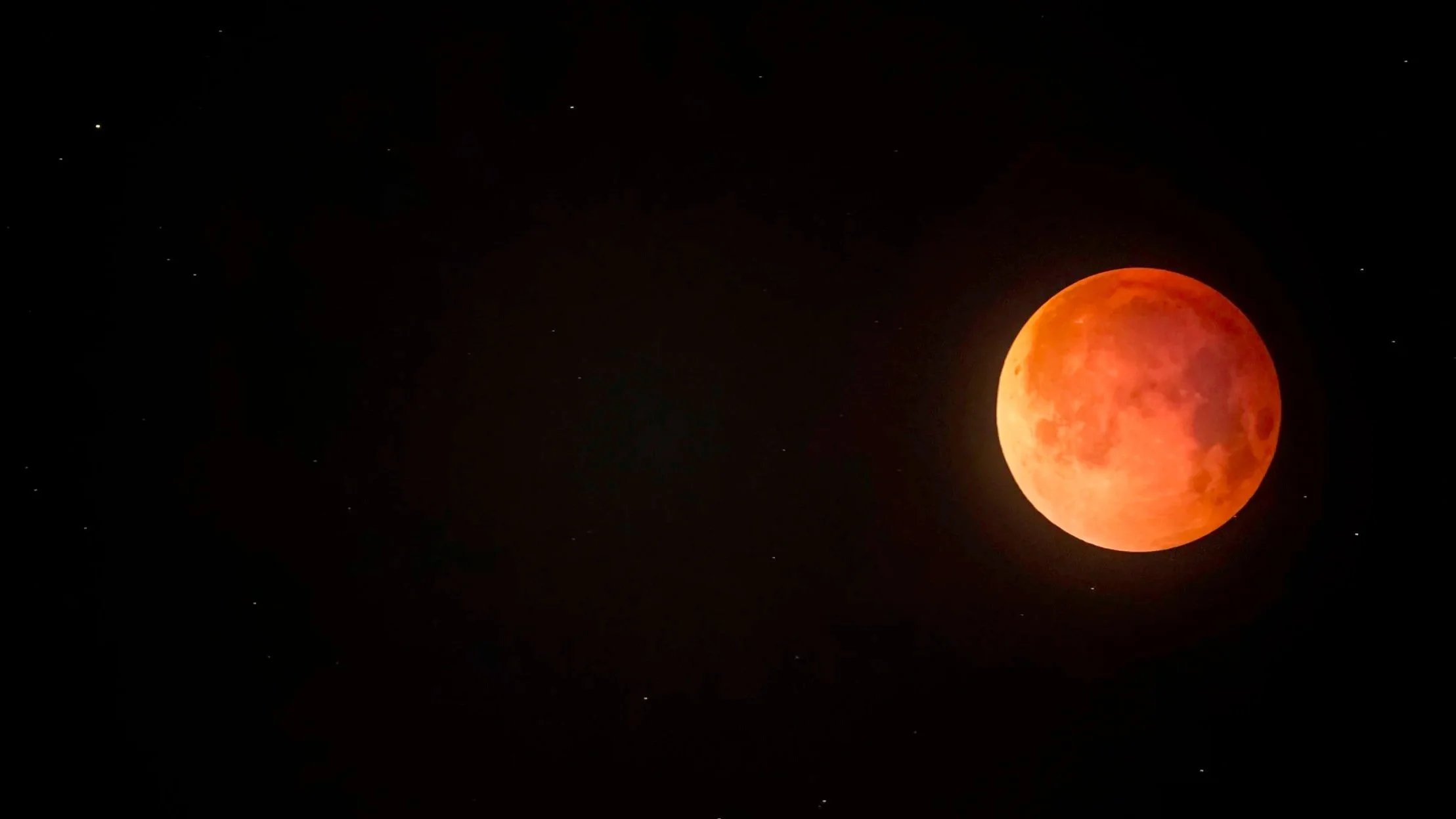Jupiter and its Moons
Jupiter is the fifth planet from the Sun and the largest in the Solar System. It is a gas giant with a mass one-thousandth that of the Sun, but two-and-a-half times that of all the other planets in the Solar System combined. Jupiter is one of the brightest objects visible to the naked eye in the night sky, and has been known to ancient civilizations since before recorded history. It is named after the Roman god Jupiter. When viewed from Earth, Jupiter can be bright enough for its reflected light to cast shadows, and is on average the third-brightest natural object in the night sky after the Moon and Venus.
Jupiter has 53 named moons. Others are awaiting official names. Combined, scientists now think Jupiter has 79 moons.
There are many interesting moons orbiting the planet, but the ones of most scientific interest are the first four moons discovered beyond Earth — the Galilean satellites. Even though Jupiter is way out in the outer solar system, one can still see its four largest moons. They’re often called the Galilean moons to honor the Italian astronomer Galileo, who discovered them in 1610. They can be glimpsed with binoculars, a telescope, a dslr and lens – whenever Jupiter is visible given the skies are clear. From Earth, through a dslr and lens combination, a small telescope or a pair of strong binoculars, they look like tiny starlike pinpricks of light. But you’ll know they’re not stars because you’ll see them stretched out in a line that bisects Jupiter. Going from the closest moon to Jupiter to the outermost, their order is Io, Europa, Ganymede & Callisto and these are featured in this video I took on the night of 26th July 2020 using the Canon 1DxM2 and 600mm f/4 iii. The flickr around Jupiter is caused, most likely, by a combination of the atmospheric turbulence and the grain generated based on the signal to noise ratio of the camera. Also there appears to be a fifth dot blinking beyond the moons on the same axis as that of the other moons to the top right of the frame. I am not sure if that is another moon or if it is a star which coincidentally was on the same axis. Not a star most likely as it didn’t change position the entire time I was focussed.
The flickr around Jupiter is caused, most likely, by a combination of the atmospheric turbulence and the grain generated based on the signal to noise ratio (SNR) of the camera.
* Note: There is a fifth dot blinking beyond the moons to the top of the frame. I am not sure if that is another moon but it is on the same axis as the other moons.
The Galilean Moons
The planet Jupiter's four largest moons are called the Galilean satellites after Italian astronomer Galileo Galilei, who first observed them in 1610. The German astronomer Simon Marius claimed to have seen the moons around the same time, but he did not publish his observations and so Galileo is given the credit for their discovery. These large moons, named Io, Europa, Ganymede, and Callisto, are each distinctive worlds.
As with most moons and planets, the Galilean moons orbit Jupiter around its equator. We see their orbits almost exactly edge-on, but, as with so much in astronomy, there’s a cycle for viewing the edge-on-ness of Jupiter’s moons. This particular cycle is six years long. That is, every six years, we view Jupiter’s equator – and the moons orbiting above its equator – at the most edge-on. The next eclipse series is of Callisto, where it actually passes behind Jupiter, started on November 9, 2019, and ends on August 22, 2022, to present a total of 61 eclipses.
A composite image of Jupiter and its 4 Galilean moons. From left to right the moons are Io, Europa, Ganymede and Callisto. The Galileo spacecraft obtained the images to make this composite in 1996. Image via NASA Photojournal.
Io
Io is the most volcanically active body in the solar system. Io's surface is covered by sulfur in different colorful forms. As Io travels in its slightly elliptical orbit, Jupiter's immense gravity causes "tides" in the solid surface that rise 300 feet (100 meters) high on Io, generating enough heat for volcanic activity and to drive off any water. Io's volcanoes are driven by hot silicate magma.
Europa
Europa's surface is mostly water ice, and there is evidence that it may be covering an ocean of water or slushy ice beneath. Europa is thought to have twice as much water as does Earth. This moon intrigues astrobiologists because of its potential for having a "habitable zone." Life forms have been found thriving near subterranean volcanoes on Earth and in other extreme locations that may be analogous to what may exist on Europa.
Ganymede
Ganymede is the largest moon in the solar system (larger than the planet Mercury), and is the only moon known to have its own internally generated magnetic field.
Callisto
Callisto's surface is extremely heavily cratered and ancient—a visible record of events from the early history of the solar system. However, the very few small craters on Callisto indicate a small degree of current surface activity.
‡‡‡‡‡
Structure
The interiors of Io, Europa and Ganymede have a layered structure (as does Earth). Io has a core, and a mantle of at least partially molten rock, topped by a crust of solid rock coated with sulfur compounds. Europa and Ganymede both have a core; a rock envelope around the core; a thick, soft ice layer; and a thin crust of impure water ice. In the case of Europa, a global subsurface water layer probably lies just below the icy crust. Layering at Callisto is less well defined and appears to be mainly a mixture of ice and rock.
Moon Interactions
Three of the moons influence each other in an interesting way. Io is in a tug-of-war with Ganymede and Europa, and Europa's orbital period (time to go around Jupiter once) is twice Io's period, and Ganymede's period is twice that of Europa. In other words, every time Ganymede goes around Jupiter once, Europa makes two orbits and Io makes four orbits. The moons all keep the same face towards Jupiter as they orbit, meaning that each moon turns once on its axis for every orbit around Jupiter.
So that was Jupiter and its companion moons there. massive and glorious. All of this is out there, it is real and it is happening in real time. Everytime I take a picture of the sky I wonder at all the things, so huge in their scope, happening all around us - conjunctions with planets, planets in oppositions, comets whizzing past us, meteor showers peaking, eclipses. There is so much to explore and capture in the skies above us especially after the sun sets every day.
Related Posts





